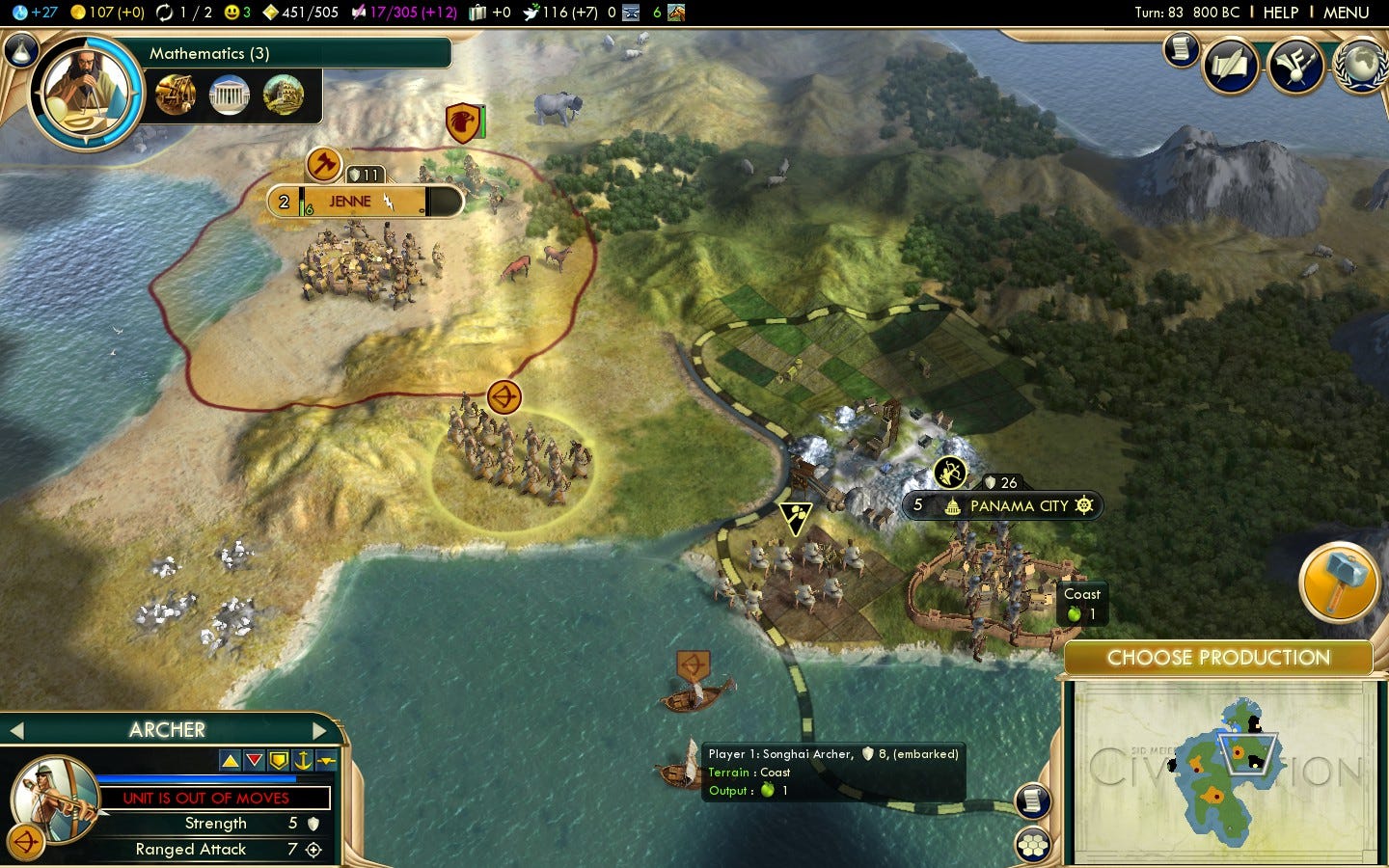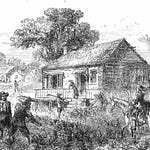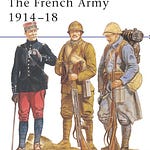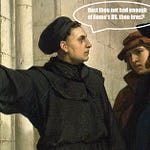Spain and Portugal in the 15th century don’t get the attention they deserve in Anglo-American histories of the West. Their relatively early decline, and the eventual rise of their enemies - first the Dutch, then the English - relegated the Latins to the Introduction chapter of many history books, but the scope and daring of their accomplishments have no parallel in later history - or earlier history, for that matter. The only modern comparison one could make is if a nation set out into uncharted space, planting colonies on hostile planets, meeting and conquering great alien civilizations.
In 1417, Prince Henry the Navigator had commissioned Portuguese explorers to push past the edges of all their maps. At the time, Cape Chaunar, in modern day Morocco, was considered to be the limit of the known world, guarded by an unnavigable cape and dangerous seas, beyond which lay nothing but the infinite ocean. They really believed that. In fact, the Portuguese name for Cape Chaunar was Cape Não, or Cape “No.” It was only in 1418 that Portuguese sailors discovered the island of Porto Santo, their nearest Atlantic island, sitting just over 500 miles from their territory, but before long the Portuguese were finding and fortifying the other islands of Macaronesia, and establishing trading posts along the West African coast. Just 70 years after their first discovery of a nearby Atlantic island, Portuguese sailors had rounded the southern tip of Africa into the Indian Ocean, and less than a decade after that they reached India itself. Brazil was discovered in 1500, China and Southeast Asia in 1513, and Japan in 1543. By comparison, the American achievement of landing on the moon just 66 years after the Wright Brothers first took flight seems rather quaint.
Columbus’s 1492 voyage to the New World on behalf of Spain, then, was not an isolated adventure of one intrepid Italian sailor, but was merely one piece of an explosive global campaign of discovery. That’s not to diminish Columbus’s achievement, but only to point out that it was part of a much larger program, and the approach he took in paving the way for New World colonization must be seen in that broader context. On his second voyage, in 1493, Columbus planted the first Spanish settlement in the New World, on the large island of Hispaniola (modern day Haiti and the Dominican Republic). From there, the race was on, as adventurers swarmed the New World in search of profit and glory… at any cost to the natives.
Having not yet discovered the Aztec or Incan civilizations, the New World looked to the first explorers to be unused and empty, despite the great number of people living there. In Africa, by contrast, they had encountered strong kingdoms whose sovereignty they were compelled to respect.1 Along the Senegal and Gambia Rivers were to be found many towns with populations between 10,000-30,000, and the black Muslim Songhai Empire was powerful enough to dictate terms to Europeans within its immediate sphere of influence.
Listen to this episode with a 7-day free trial
Subscribe to The Martyr Made Substack to listen to this post and get 7 days of free access to the full post archives.











